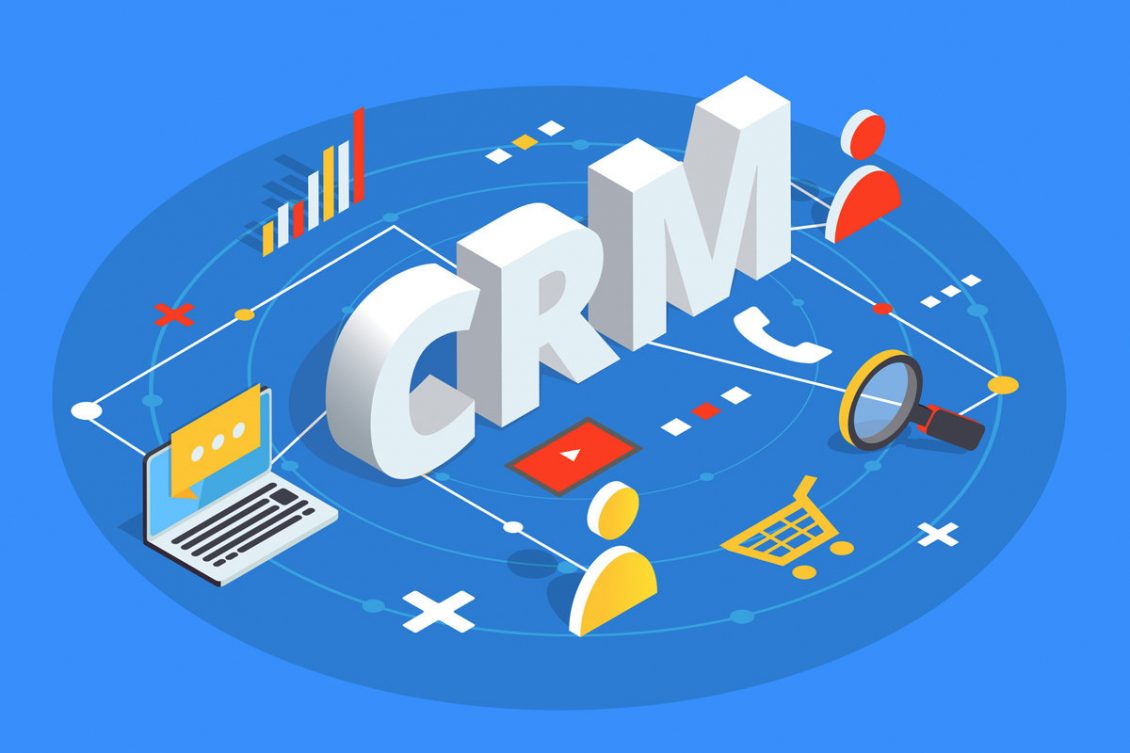In olden times, traditional businesses held their trading practices in an inherently old-fashioned manner which involved the use of pen and paper to keep track of their customer interactions and transactions. But even in those times, people focused on building long lasting relationships with their existing and potential customers to drive business growth. They used various methods of accounting that involved the use of notations, mandates, journals etc to track customer information.
As times changed, manual record keeping could no longer sustain businesses as the volume of data collection increased. This is when an automated customer relationship management (CRM) software came into being. It helped firms in understanding the needs of their customers better and ultimately catering to their needs in a more holistic manner.
Early stages of CRM development
In the beginning of the 20th century, the introduction of commercial computers brought a massive transformation in the way data was collected, stored and used by businesses. With the presence of automation, companies could adopt improved methods of accounting records to follow up with their clients in an efficient method. The period of 1980s saw the emergence of a progressive and automated customer relationship management software.
In 1982, Kate and Robert D. Kestnbaum introduced the concept of database marketing which aimed at applying statistical tools in order to gather and analyse consumer data. Following this, Pat Sullivan and Mike Muhney came up with a customer evaluation system in 1986 named ACT! that offered contact management services and could be considered as the first automated CRM. The rest of the industry followed in their footsteps and started trying to maximise their potential of retaining old clients and gaining new ones.
The market for CRM got substantially competitive when enterprise resource planning (ERP) companies such as Oracle, SAP and Navision stepped in. After realizing the importance of an effective CRM software, they started providing extended customer services in the form of an embedded CRM module. Tom Seibel popularized the idea of a stand-alone CRM system by bringing the mobile CRM application to the market called Siebel Sales Handheld in 1999. The app enabled the concept of a cloud hosted and portable customer base available at the disposal of the user which could be used anytime and anywhere.
Evolution of a customized CRM
The initial decade of the 21st century saw its first open-source CRM system developed by SugarCRM in 2004. During this period, CRM evolved with the introduction of cloud systems which made it accessible to small as well as large businesses. The industry saw the arrival of customized CRM software that focused on providing company specific services. This allowed firms to adapt and change their products to suit the individual taste of their customers by tracking consumer behaviour and their interactions with the firm.
The dynamic technological environment that the world resides in today is witnessing a move towards social CRM solutions that aim at increased interaction with consumers on various social media platforms. CRM software is witnessing rapid changes in these modern times ranging from chatbots, AI and machine learning in order to create an effective two-way channel of communication between the firm and its clients.
CRM is not just a software; it is a strategy to learn more about your target audience and understanding their needs and desires. Firms can then accordingly devise products that serve the interests of their customers best and help them have a carefree and fulfilling digital experience.

